The new USB Type-C standard was supposed to revolutionize smartphone charging, but so far, it's done more harm than good. Many cable and charger manufacturers are struggling to keep their products in line with the proper USB-C specifications, so as a result, we now have to check to see if a cable is compliant before purchasing one.
However, it's not just these fly-by-night cable manufacturers that you have to look out for—even Google's own USB Type-C chargers might not be up to spec. The stock chargers that were included with the Nexus 6P and Nexus 5X have been shown to be "VBUS hot," meaning they'll output power even when they shouldn't. This may sound like a fairly innocuous issue, but with USB Type-C's reversibility, it can do some serious damage if you're not careful.
The Problem
USB Type-C cables are fully reversible, so they'll not only plug into the charging port in either direction, but the entire cable can also be reversed, since both ends are identical. The latter feature is the biggest issue here.
When you plug one end of your USB Type-C cable into a charger, the other end should only output power when the cable is connected to a compatible device. Think of it this way—if you plugged two USB Type-C chargers into a wall outlet, then connected a single USB Type-C cable to both (effectively bridging the chargers), the only way to prevent an electrical disaster would be if the chargers recognized that they weren't plugged into something that was designed to receive power, and thus refused to output any electricity.

Google's Nexus chargers aren't up to USB Type-C spec.
But that's not how Google's Nexus chargers are behaving—at least, not according to independent USB Type-C tester Nathan K. In the above video, K tests several stock chargers for the Nexus 6P and 5X, and they all output power regardless of what they're connected to.
In the case of the Nexus 5X, the charger demonstrates this "VBUS hot" issue (VBUS is the pin that supplies power) even when the stock USB Type-C to standard USB Type-A cable is used, which is quite alarming. The Nexus 6P's charger, on the other hand, only exhibits this behavior when a third-party cable is used—even if the cables used are fully compliant with USB Type-C standards.
What This Means
As far as your phone goes, these chargers shouldn't cause any issues with charging or hurting your battery life—but there's still a serious problem. If you were to accidentally plug the free end of your Nexus charging cable into another charging brick, the electrical current would flow between the two, which is a huge fire hazard.
The same can be said about plugging your USB Type-C charger into the wrong port on a USB hub. Most ports on USB hubs, whether they are Type-A or Type-C, are designed to only output power, so plugging a live USB Type-C cable (either the reversible one or the Type-C to Type-A one) into the wrong slot would force current into places where it doesn't belong, potentially damaging the hub. This isn't the case with all USB Type-C chargers, so the fact that it applies to Google's Nexus chargers is alarming, considering that they're the forefront of the USB Type-C movement.

The Type-A to Type-C (left) and Type-C only (right) cables included with Nexus 6P.
We reached out to Google's PR team to see what they had to say on the matter, but they declined comment—instead, directing us to contact Huawei and LG, as they manufactured the chargers for this year's Nexus devices. When Nathan K contacted Google's support team, he was told that there was nothing they could do, and a mass recall wasn't in the works. Hopefully they'll address this issue soon.
- Follow Gadget Hacks on Facebook, Twitter, Google+, and YouTube
- Follow Apple Hacks on Facebook and Twitter
- Follow Android Hacks on Facebook and Twitter
- Follow WonderHowTo on Facebook, Twitter, and Google+
Cover photo by Dallas Thomas/Gadget Hacks









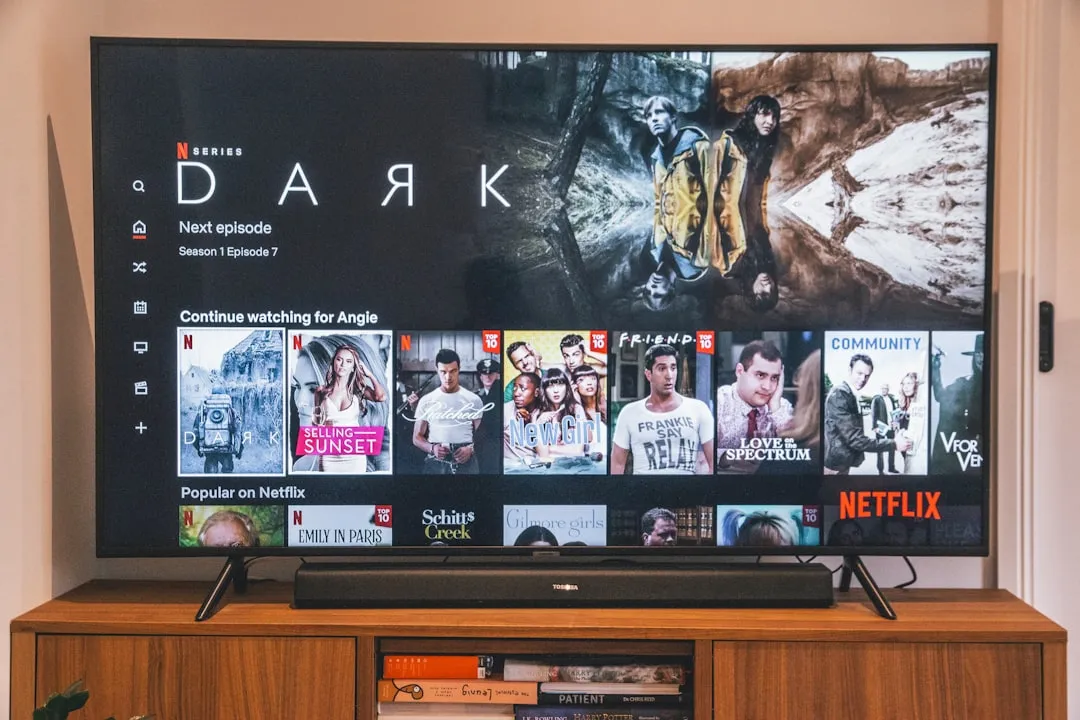





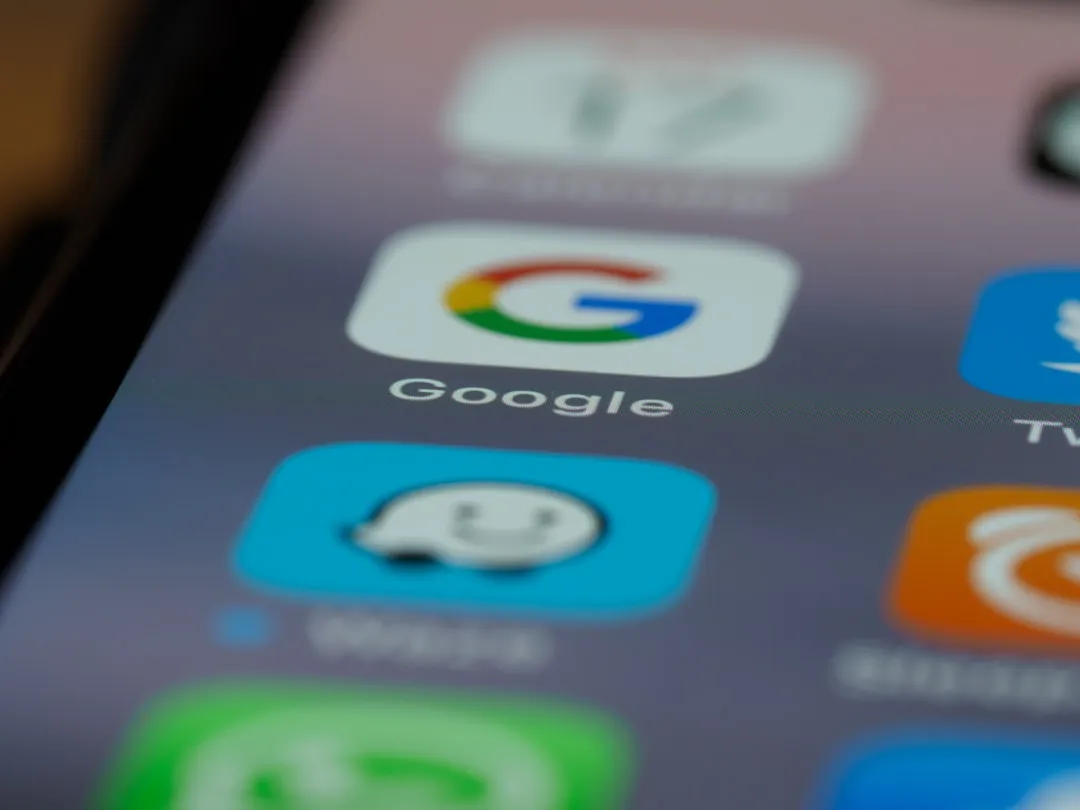
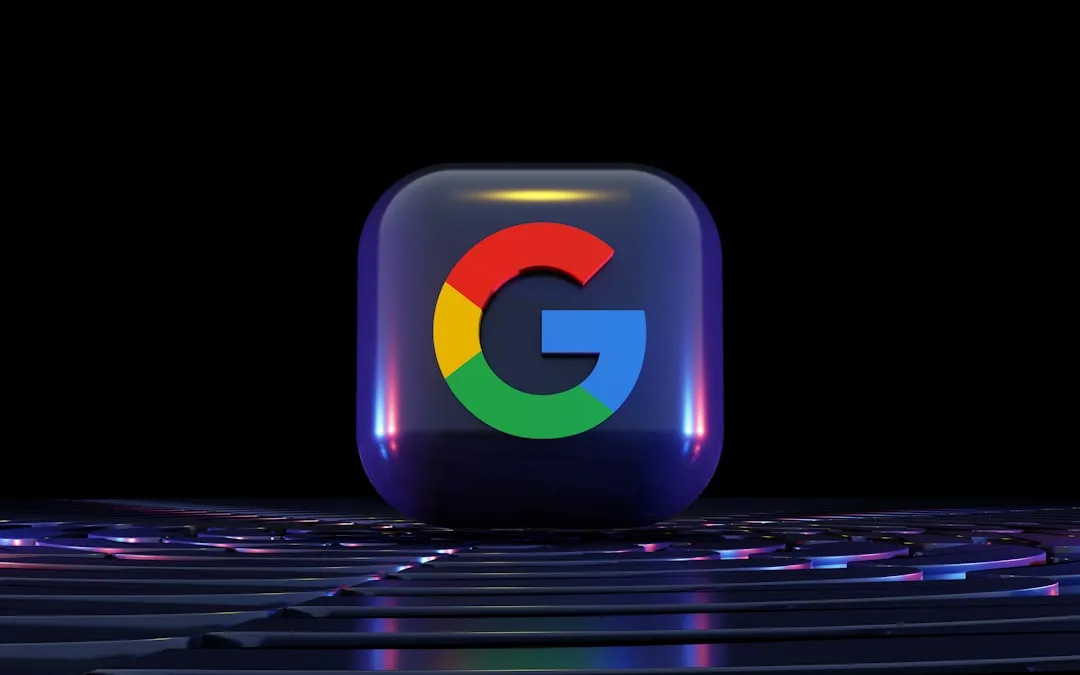
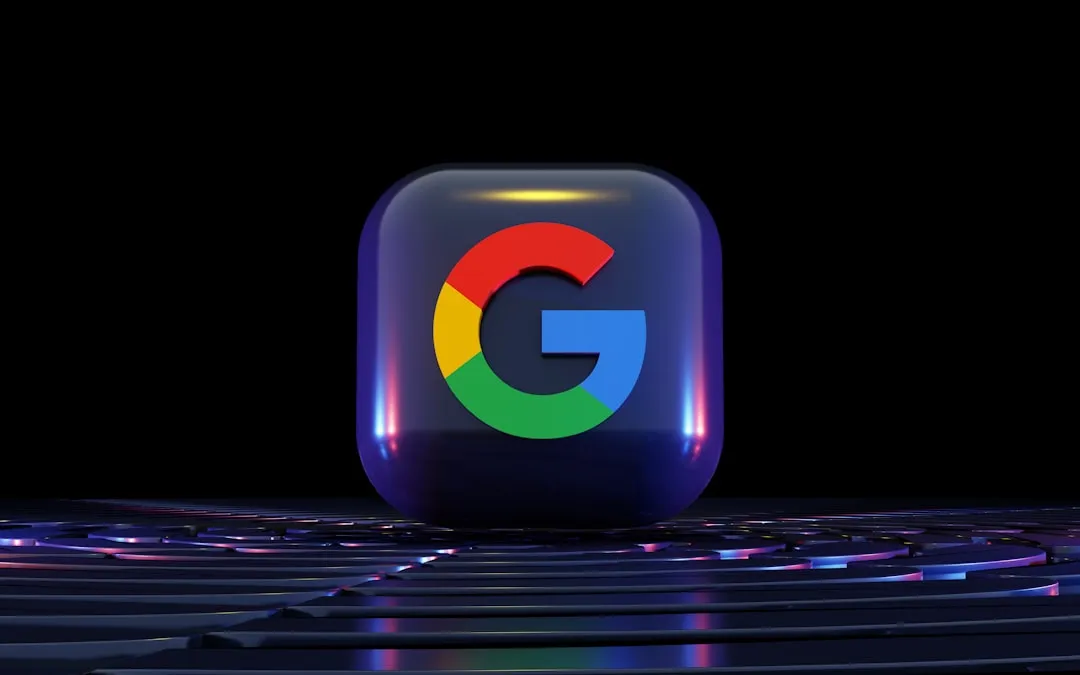
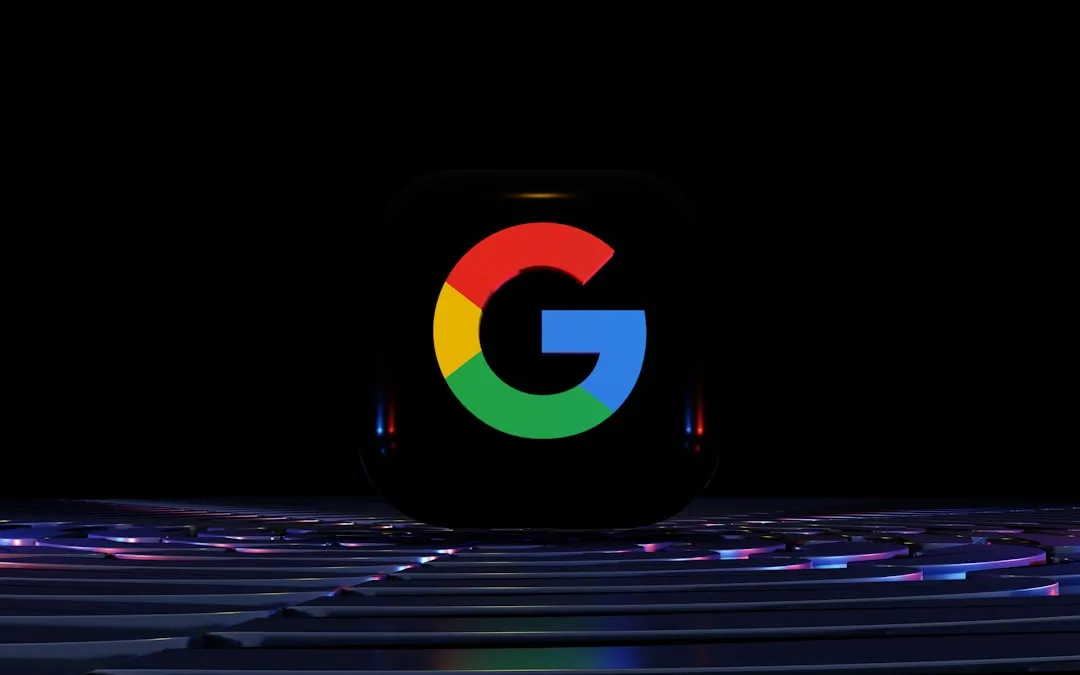
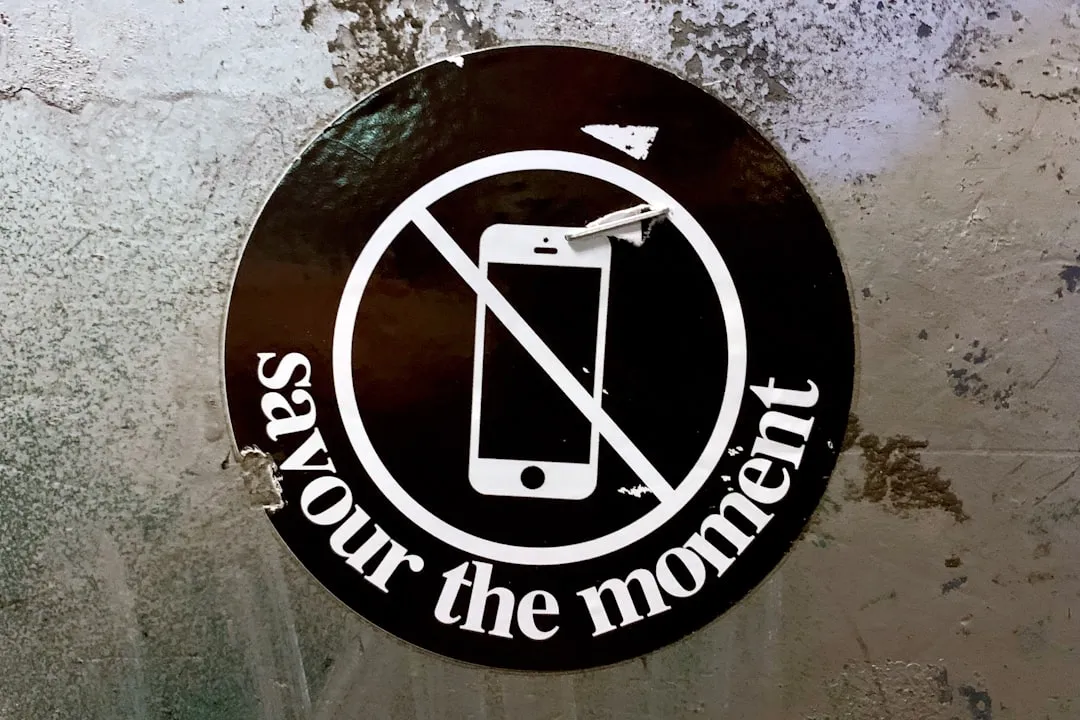
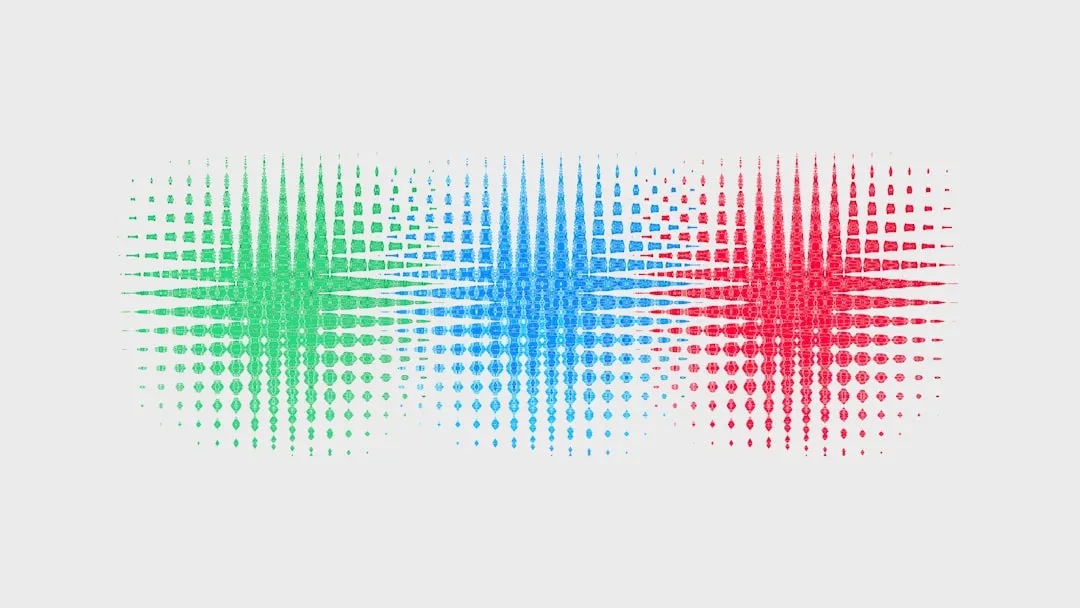

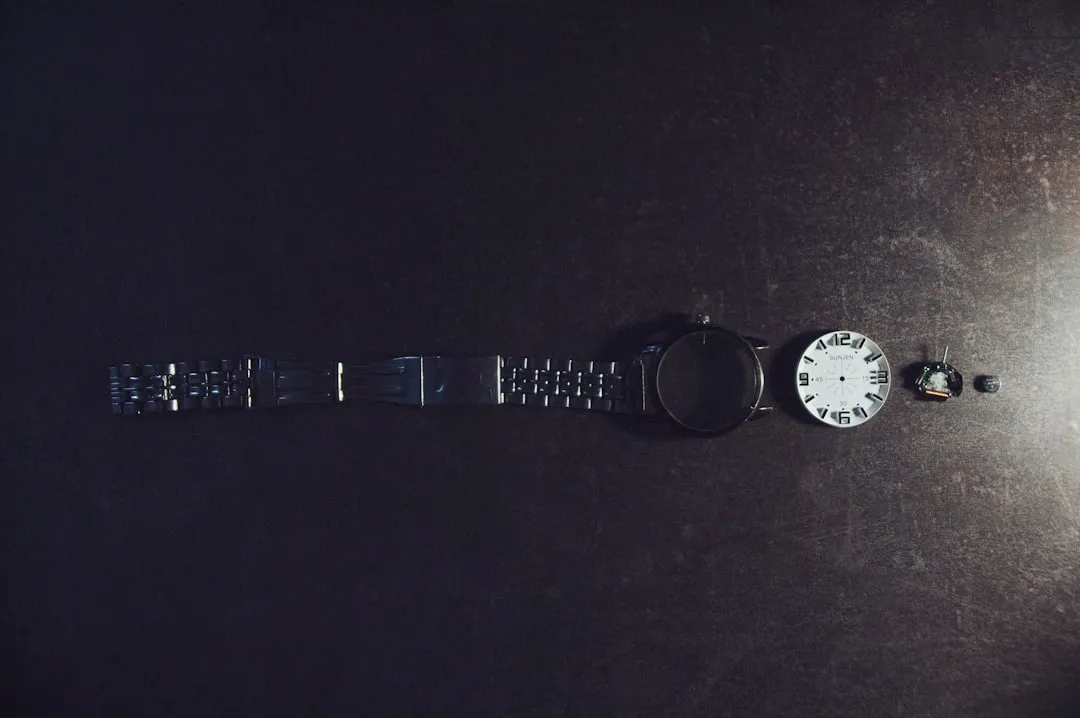

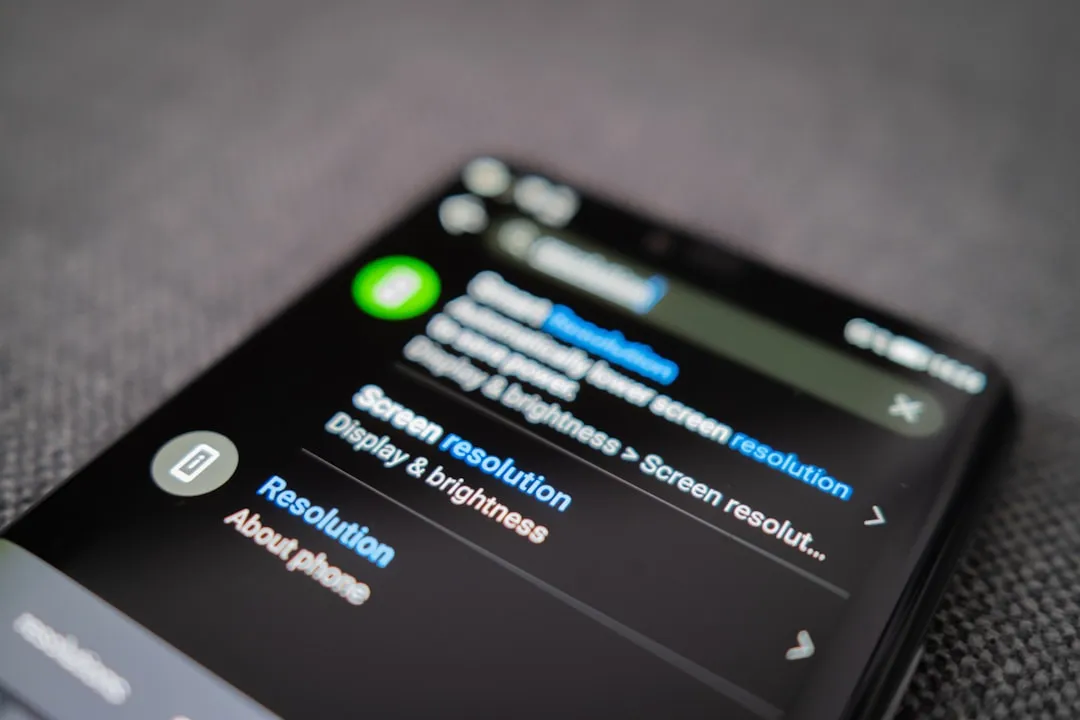
Comments
Be the first, drop a comment!